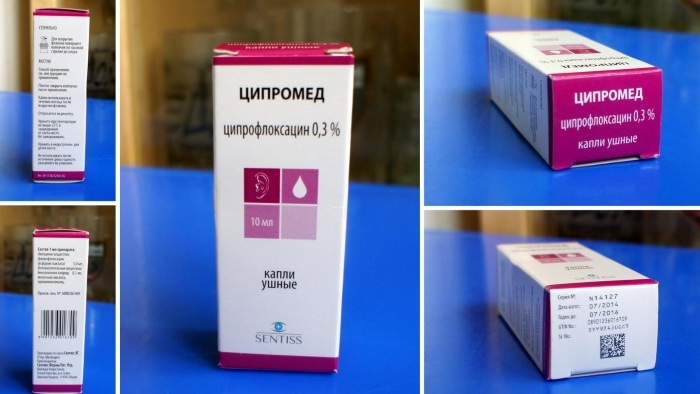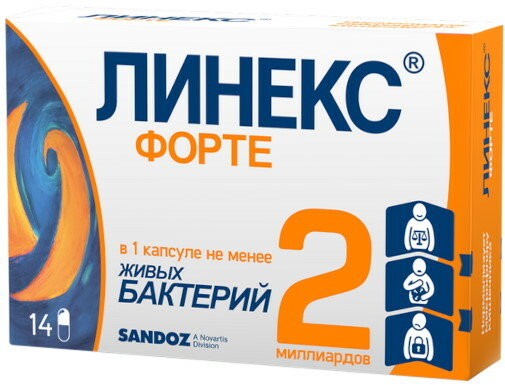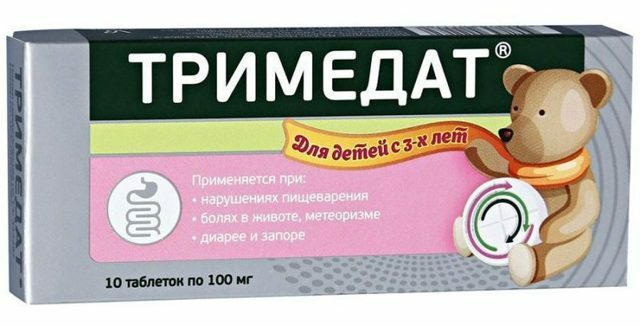Content
- Who is it suitable for, what teeth is it used for
- Design
- Life time
- Types of prostheses
- Installation technology
- 1st stage
- Stage 2
- Stage 3
- Price
- Contraindications
- Advantages and disadvantages of the technique
- Denture care
- Possible complications
- Nutrition rules after prosthetics
- Video about prostheses on implants
A conditionally removable prosthesis on implants is a type of modern and rather expensive dental prosthetics, used in the absence of teeth or in violation of the structure of bone tissue. This design can reliably fixed as on 4 artificial implantsimplanted into bone tissue, and have hooks clinging to the remaining lateral teeth and fixing the prosthesis.
Due to its structure, coated with a special solution, which ensures almost 100% survival rate, the conditionally removable or covering prosthesis reliably is fixed in the mouth and does not fall off during conversation or chewing, it is completely invisible to others, and the patient can remove it only by applying significant effort.
Who is it suitable for, what teeth is it used for
A conditionally removable prosthesis on implants (the price of the construction is given below in the article) has been successfully used in European countries since 1998 years, having passed numerous tests in 34 years, which fully confirmed its high efficiency and durability in use.
The authorship of the method of installing a prosthesis on 4 implants or All-on-4 belongs to NobelBiocare, a well-known manufacturer in the world of implants and other products for prosthetics.
It is possible to use such prostheses both in the complete absence and in the event of partial loss of teeth, in this case the design of the device changes only slightly, as the basis for the establishment of All-on-4 is considered to be:
- the presence of only a few decayed teeth that are not suitable as a basis for a prosthesis;
- insufficient bone tissue;
- the close location of the maxillary sinuses, which is inapplicable for the installation of classical implants;
- contraindication to bone augmentation.
It is also possible to use cover dentures if the patient, for a number of reasons, cannot be fitted with classical, fixed dentures, or the person himself does not want to use a conventional, removable design.
Design
The main feature of the technology is the installation of 4 implants: 2 in the anterior part of the jaw and 2 on the sides at an angle of 35 and 40 degrees. The original design allows initially to give the prosthesis more stability and allows its installation even with a deficiency of bone tissue. In this case, with a lack of bone, lateral implants are screwed directly into the zygomatic bone, which is not prone to atrophy.
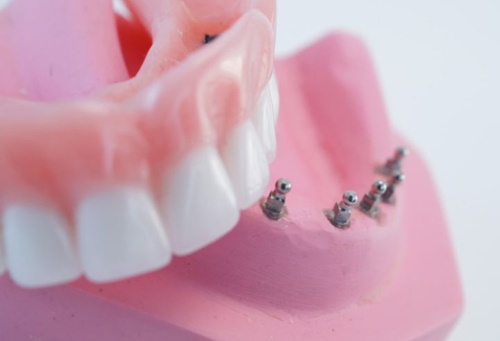
In modern dentistry, the following are used for the manufacture of a covering prosthesis:
- polymer mass replacing the artificial gum, on which the implant crowns are fixed;
- a strong metal arch required for the manufacture of a bar prosthesis;
- ceramics or zirconium used to make artificial teeth.
Thanks to this design, the fixed denture not only attaches securely to the gums, but also looks as natural as possible, which allows the patient not to limit himself and maintain a completely ordinary image life.
Life time
The service life of a conditionally removable prosthesis is on average 25-30 years, which is much longer than the viability of a conventional removable structure. In addition to durability, the fixed structure is also easier to maintain: it does not need to be taken out of the mouth often, cleaned and transferred to a special container. Using a cover prosthesis, the patient will only have to visit the dentist periodically for professional cleaning and check the strength of the prosthesis and to conduct normal oral hygiene.
Correctly installed implants can last from 10 years to the end of a person's life, since with proper care they do not loosen or fall out. If a prosthesis breaks down, it can be easily repaired or replaced in almost any dentistry without removing the implants.
Types of prostheses
A conditionally removable prosthesis on implants (the price of a construction in Moscow is within 150,000 - 200,000 rubles) is an orthodontic plate-type product, consisting of an artificial gum, which is considered the base of the structure and has holes for fixing crowns implants. If a bar prosthesis is used for prosthetics, its base will be a clasp metal arc, in all other cases, a polymer mass is used.
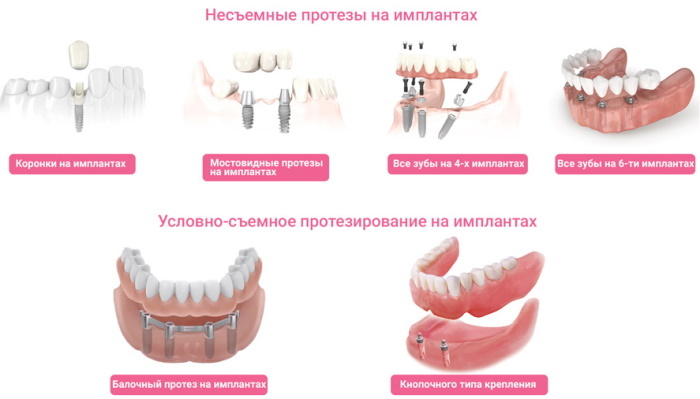
Lamellar prostheses can be fixed without the use of implants. In this case, when installing them, special hooks are used that cling to the remaining teeth. For a toothless jaw, such a design is not suitable, since fixing the prosthesis requires living, complete and healthy teeth.
Depending on the method of fixation, prostheses can be distinguished into:
| Button type | A popular implant-mounted system on the upper and lower jaws and requires for its fixation:
|
| Beam type | For such a design, in addition to implants, strong metal beams are used, which fasten the periosteal elements together in the form of an arc. |
Installation technology
A conditionally removable denture on implants (the price of dental services can vary significantly depending on the region of Russia, but rarely drops below 120 thousand rubles). RUB) is set within 1, maximum 3 days and consists of 3 main stages:
1st stage
At the first stage, the patient must visit the dentist, who assesses the condition of the mucous membrane of the mouth and gums and eliminates contraindications for using the chosen method of prosthetics. If inflammatory processes or dental diseases are detected, the oral cavity must be sanitized.
After a consultation, a doctor will necessarily appoint a UAC patient to detect diabetes, bleeding disorders or immune pathologies, which are considered contraindications to implantation. In the absence of contraindications, computed tomography is performed, the results of which are loaded into the program NobelGuide is further useful for making the surgical template required for insertion implants.
If the prosthesis will be installed on the patient's own teeth, it is also required to completely eliminate carious cavities. In other cases, the patient's remaining decayed teeth must be removed by completely cleaning the oral cavity and preparing the gums for prosthetics.
Stage 2
The second stage of prosthetics is the direct implantation of implants. To do this, the patient is anesthetized, and then a surgical template is applied to the jaw - a plastic construction with holes made on the basis of CT data.
In accordance with the template, the surgeon, without incisions, implants 4 implants into the jaw (screwing in at the desired angle), and then sends the patient to rest for about 1-2 hours.
During this time, the technician makes a temporary prosthesis from an acrylic mass, which is immediately fixed on the jaw. Sometimes a temporary prosthesis can be installed not immediately, but after 2-3 days due to the unsatisfactory standing of the client's oral cavity.
After the installation of the temporary structure, the patient can safely go home. The next visit to the clinic should be made only after 10 days for examination and control of the oral cavity.
With a temporary prosthesis, the patient will have to go through about 6 months, since this is exactly the amount of time it takes for the complete healing of tissues and the engraftment of implants.
Chewing is allowed almost immediately after placing the prosthesis, as this promotes tissue healing.
Stage 3
After the implantation of the implants, the doctor takes pictures for the manufacture of a permanent prosthesis, and after 6 months (in extreme cases, a temporary prosthesis can stay in the mouth for up to 3 years) the lightweight plastic structure is replaced with a permanent one made of cermet or zirconium dioxide.
Depending on the design of the covering prosthesis, its fixation can be carried out using a bar or spherical method.
- The first, the beam technique is considered more reliable, since before installing the ceramic implants are pre-fastened with a strong metal bar with a recess for installation prosthesis.
- The second, spherical design does not imply fastening of implants. With her, the prosthesis is installed on spherical or equatorial periosteal elements and fastened with small locks. Equatorials differ from spherical in a different shape and in their base have a small depression intended for a silicone matrix.
 Unlike push-button, bar prostheses are stronger and more durable, but also have a very high cost.
Unlike push-button, bar prostheses are stronger and more durable, but also have a very high cost.
| Bar prosthesis | Button prosthesis | ||
| Benefits | limitations | Benefits | limitations |
|
|
|
|
Price
The price of a conditionally removable prosthesis on implants using the technology of the NobelGuide company in Moscow clinics starts from 100-130 thousand. rubles for one jaw.
This cost includes:
- preparation;
- implantation;
- installation of a temporary prosthesis at the beginning.
In the future, you will have to pay extra for the manufacture and installation of a permanent prosthesis, and its cost, depending on the material, starts from $ 30,000. rub.
The cost of implantation of a South Korean or Israeli prosthesis together with implants is usually about $ 150,000. If you want to put a prosthesis from Nobel, its price will increase to 200 thousand. rub. for one jaw.
The significant difference in price is due to the high quality of Swiss construction, lifetime warranty integrity, as well as the application of a special coating on it, which ensures 100% survival of the prosthesis. South Korean and Israeli prostheses are also coated with a special compound, but have a significantly lower warranty period (no more than 10-15 years).
Contraindications
Contraindications for the installation of a conditionally removable denture are:
- periodontal disease or periodontitis. In this case, it is recommended to carry out prosthetics using not 4, but 6 implants;
- pregnancy of a woman and lactation period;
- immune pathologies;
- diabetes;

- violation of blood clotting;
- diseases of the cardiovascular system.
Advantages and disadvantages of the technique
Conditionally removable prosthesis on implants (the price of the construction directly depends on the clinic and the country of manufacture of the prosthesis) is considered one of the most reliable ways to restore lost teeth with a number of advantages:
- The prosthesis can be installed on only 4 implants, while the classic, non-removable design requires the implantation of 6 or 10 implants.
- Fast installation of a solid structure, the ability to install a prosthesis within 1 day.
- Lack of bone grafting and other manipulations.
- The duration of the procedure is no more than 2-3 hours.
- Quite simple denture hygiene, since it should be washed and brushed 2 times a day like normal teeth.
- Reliable fixation and durability of the prosthesis, since the structure does not fall out when chewing and talking.
- Ease of use and no problems with gum chafing.
- The ability to chew absolutely any, even tough food almost immediately after prosthetics, since chewing movements accelerate tissue healing.
- Small denture base that does not distort the taste of food.
- Quick adaptability to non-nausea and articulation-free design.
In addition to the advantages, conditionally removable dentures also have a number of disadvantages, including:
- very high cost of prosthetics;
- the presence of a wide range of contraindications;
- sufficient underdevelopment of technology in Russia, which makes it quite problematic to find a clinic specializing in such a technique;
- looseness of the gum tissue of some patients, which makes it impossible to install the prosthesis in one application and requires several visits to the dentist.
Denture care
The use of covering dentures must be carried out with strict adherence to hygiene procedures. A prerequisite for caring for a prosthesis should also be the use of special brushes and pastes.
A conditionally removable denture on implants should be cleaned twice a day (morning and evening) with a regular toothbrush and toothpaste. For additional cleaning of the oral cavity, it is also necessary to use special irrigators, brushes or dental floss to remove food residues that have accumulated near the implants.
Once every six months (and sometimes more often), it is also necessary to visit the dentist, whose task is to remove and completely clean the prosthesis, as well as examination of the oral cavity and the fight against inflammation that has arisen or replacement of thinned silicone inserts in ball constructions.
Only with such care can the service life of prostheses be significantly brought closer, and unpleasant side effects can be avoided.
Possible complications
The reasons provoking the occurrence of side effects after the installation of the prosthesis are:
- improper preparation of the oral cavity for prosthetics (lack of professional hygiene and treatment of inflammatory processes);
- violation of technical requirements in the manufacture of prostheses, which did not take into account the anatomical features of the patient;
- incorrectly taken impression, leading to errors in the manufacture of the structure;
- breakage or damage to the prosthesis;
- an allergic reaction to materials of construction;
- a change in the position of the patient's own teeth, leading to a displacement of the structure;
- violation of oral hygiene.
The installation of a conditionally removable prosthesis is carried out under anesthesia and is not accompanied by discomfort. After installing the structure, the patient may experience aching pain in places for several days installation of implants, easily removable by taking analgesics or antispasmodics and passing as he heals fabrics.
With proper installation and operation, the prosthesis does not cause unpleasant descents and does not rub the gums, and the patient can chew after half an hour, after fixing the structure.
In rare cases, if the rules of hygiene are violated in the places of implantation, inflammation may occur caused by decomposition of food debris, it is also possible to develop gingivitis and stomatitis caused by traumatic action prosthesis.
Due to the peculiarities of the body, the appearance of an allergic reaction to the material of the prosthetic structure, accompanied by redness, itching, rash or tissue irritation, can also be observed.
Unlike classical, non-removable constructions, a conditionally removable prosthesis on implants does not distort facial expressions and does not lead to temporary speech impairment, and also does not provoke nausea.
Conditionally removable dentures have a high (more than 98%) survival rate, but despite this, symptoms of rejection of the structure are also possible. In this case, the occurrence of constant inflammatory processes and discomfort on the mucous membrane is observed, which requires treatment and replacement of the prosthesis.
Nutrition rules after prosthetics
A conditionally removable prosthesis on implants (the price of the construction can be significantly increased in the case of using high-quality Swiss products) takes root within 6 months. Achieving the planned indicators for 3 months in the lower jaw and six months in the upper.
After installing a conditionally removable denture, the doctor will prescribe anti-inflammatory and analgesic drugs, and also recommend temporarily limiting physical activity and other loads.
Also, after the installation of the All-on-4 system or a bar prosthesis, the patient will be assigned a special diet that will minimize pain when eating and accelerate tissue healing:
| First 3-4 days | Soft, homogeneous food: smoothies, mashed potatoes, mashed soups. |
| During the first 2 months | Chopped and soft enough food:
Since it is during this period that new bone tissue is being formed around the implants, the use of solid food is undesirable and can destroy the balanced system. |
| 3rd to 4th month | You can go back to your regular diet by cutting your food into small pieces. |
| From the 5th month | Any food or meal is allowed. |
Despite the fears of patients, from the first day of the installation of prostheses, it is possible to eat completely calmly, since the structure is installed tightly and does not allow food pieces to get under the prosthesis. After eating, it is recommended to rinse your mouth to remove any accumulated food debris.
A conditionally removable prosthesis on implants is a rather expensive, but very promising technique, allowing to restore lost teeth and a smile, even in cases where installation is impossible classic prosthesis.
Made of high quality, completely invisible to foreign materials, the All-on-4 system and bar prostheses are characterized by a high degree of survival rate and a low likelihood of side effects, and with high-quality installation and proper hygiene, they can serve more than 25-30 years old.
Video about prostheses on implants
Dentures on implants:



